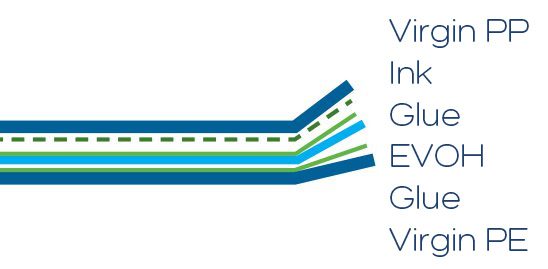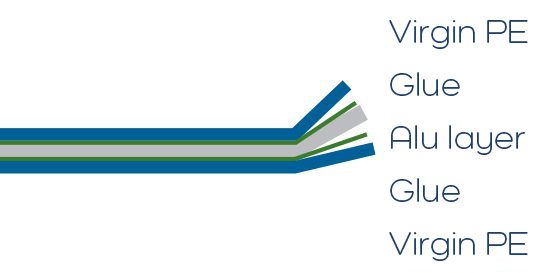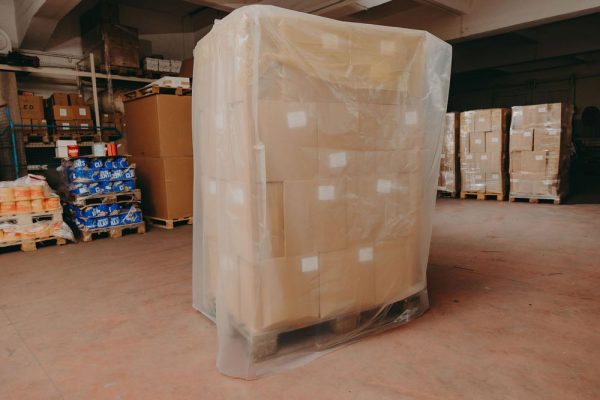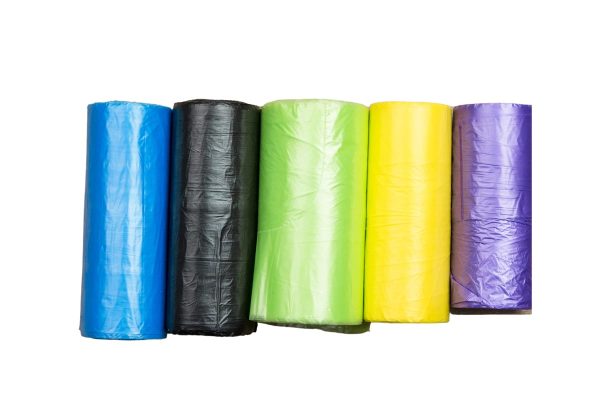The recyclability of flexible plastic
Unlike other types of packaging material, plastics are more difficult to collect and recycle. The term plastic actually refers to a multitude of polymers. Plastics are usually designated by the codes 1-6, which represent the main polymers used (1-PET, 2-HDPE, 3-PVC, 4-LDPE, 5-PP, 6-PS).






